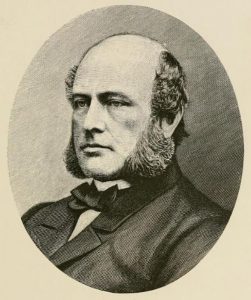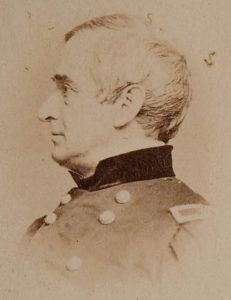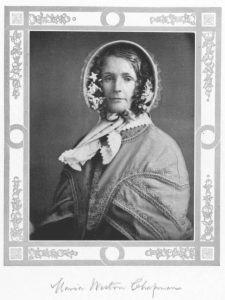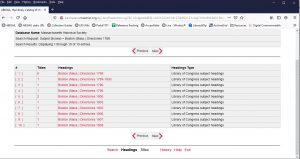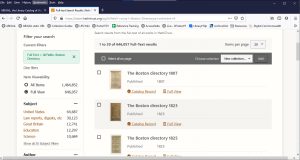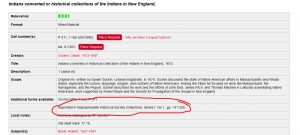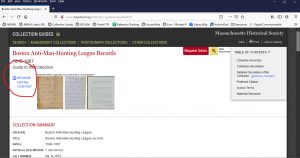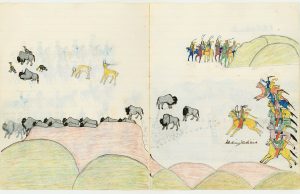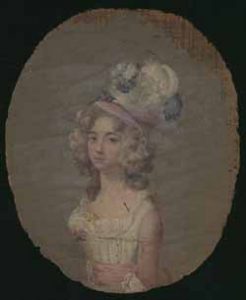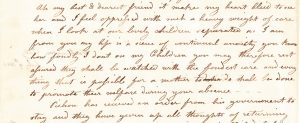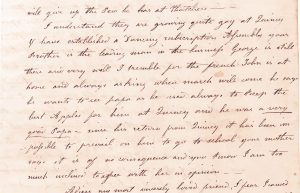By Rakashi Chand, Senior Library Assistant
“All experience in the past history of mankind has shown that efforts for the elevation of a nation must come from within and work outward to be effectual.”
-Pandita Ramabai
The 2021 International Women’s Day slogan is ‘Choose to Challenge.’ There are generations of women who chose to challenge and fight for equality who have not been celebrated. Though their work went by unnoticed and unacknowledged, knowing that change was coming was enough to fuel their desire to continue. Realizing that you need to change the very society in which you live can be an uphill battle that may not be embraced or applauded. This was the life of Pandita Ramabai.
Ramabai spent her life fighting for women’s rights in India. She fought not only for independence, autonomy, and quality of life but also for a girl’s right to education—an idea that shook the foundations of patriarchal society. Ramabai faced opposition from her own countrymen, friends, and relatives. Yet she persisted on a lifelong battle to fight for what she knew was just and necessary.
Born in 1858 as Rama Dongre, Ramabai was a Brahmin. Her very progressive father taught her to read and write in Sanskrit. He encouraged her to become a Sanskrit scholar (typically reserved solely for men at the time) from whence she was given the title of Pundita. In 1880, Ramabai married Bipin Behari Medavi, a lawyer of a lower caste. To marry beneath your caste was considered outrageous at the time. When her husband’s untimely death left Ramabai a widow and a single mother of a 1-year-old daughter, she moved to Pune where she began the Arya Women’s Association to promote women’s causes.
Ramabai was a scholar, an educator, and a feminist—the opposite of everything she was supposed to be. She travelled across India giving lectures on Women’s Rights and was an outspoken advocate for women’s education:
The lack of education among the women of India can be fairly realized by scanning the report of the Educational Commission for 1883, and the census returns of 1880-81. Of the ninety-nine million seven hundred thousand women and girls directly under British rule, ninety-nine and one-half millions are returned as unable to read and write; the remaining two hundred thousand who are able either to read or write, cannot all be reckoned as educated, for the school-going period of a girl is generally between seven and nine years of age; within that short time she acquires little more than ability to read the second or the third vernacular reading-book, and a little knowledge of arithmetic which usually comprehends no more than the four simple rules…It is surprising how even this small number of women can have acquired the limited knowledge indicated, when we consider the powers and principalities that are incessantly fighting against female education in India. Girls of nine and ten when recently out of school and given in marriage are wholly cut off from reading or writing, because it is a shame for a young woman or girl to hold a paper or book in her hand, or to read in the presence of others in her husband’s house.[1]
In The High Caste Hindu Woman Ramabai exposed the plight of Brahmin widowhood and used the sympathy it ignited to start the first women’s school and home in India. The Sharada Sadan was opened in Mumbai (Bombay) in 1889 as a school and shelter for women, and remains in operation today.
In India, girls were betrothed at a very young age. The very same society that condemned widows would encourage widowers to re-marry. This created a potential for the bridegroom to be many years older than his bride. It also increased the chance of the bride becoming a widow before the age of twelve. Child widows were sentenced to live their lives as ghost-like creatures, looked upon with hatred and disdain. Considered cursed, they were avoided and thought to bring bad luck. It was a sad existence from which there was no escape. Ramabai was determined to not only save these girls from that existence but also to uplift them by providing a safe home to reside, a school to learn to read and write, and employable skills such as gardening and sewing.
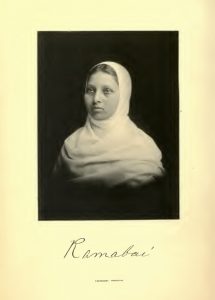
Ramabai’s desire to create a home and school for child widows brought her first to Europe so that she could further her education. From Europe she traveled to America in order to raise funds and find supporters. This resulted in the American Ramabai Association. As a visitor to Boston, she must have made quite an impression. Though a convert to Christianity, she never gave up her customs such as being a strict vegetarian, wearing traditional clothing, and insisting on walking barefoot inside the home. Much of this surprised and even angered some Americans. However, Ramabai was a woman powered by her own determination to improve the world around her.
Two separate manuscript collections housed at the MHS contain papers of the American Ramabai Association. They present a treasure-trove of 19th century international correspondence and collaboration between India and America. The Judith Walker Andrews Correspondence, 1887-1911, consists of letters from Pandita Ramabai describing her work to care for and educate Child widows at Sharada Sadan and Mukti Sadan as well as other correspondence and accounts. The Daniel Dulany Addison Collection, 1797-1951 also includes reports from the Ramabai Association for the relief of Hindu widows.
The COVID-19 pandemic has led to a spike in child brides as a result of increased poverty and joblessness in India’s poorest areas. Early and severe lockdowns to stop the spread of the virus led to increased violence in some areas where workers were forced to return home without jobs. The closure of schools has not only ended education for the poor but also the loss of the one government-provided meal. In some cases this has forced families to take extreme measures such as marrying daughters off at younger ages. The authorities are unable to intervene. The thoughts and urgency expressed in Ramabai’s letters and writings are reflected in the current situation.[2]
While change may not come easily, I marvel at these writings and think of how the world can come together in an effort to bring change.
While the two collections at the MHS containing material related to Pandita Ramabai are not digitized, learn about requesting reproductions from the library on our website: https://www.masshist.org/library/reproductions.
[1] (cited on March 11 2021 The High-Caste Hindu Woman. (upenn.edu)
[2] Child Marriage On The Rise In India During The Pandemic : Goats and Soda : NPR



